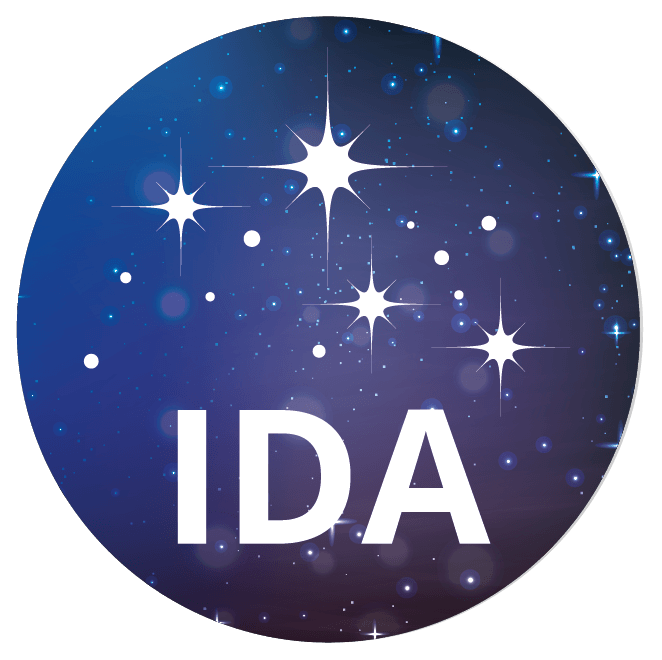
The Dark Sky International (DSI) Utah Chapter is the official DSI chapter for the Beehive State. DSI is a non-profit registered in the state of Utah. All donations are tax-deductible.
Utah’s Dark Skies
Utah is home to some of the finest dark skies in the world, including four national parks, five national monuments, five state parks, and a growing list of dark sky communities. It is our job to protect our dark skies from light pollution.
Learn more about certified dark sky places in Utah.
Light Pollution
Light pollution is artificial light that serves no useful purpose while causing unintended ill effects. Point sources of bright light (like LEDs) create blinding GLARE that reduces our ability to see at night. Improperly shielded fixtures dump nuisance light TRESPASS onto nearby private properties. Light CLUTTER overwhelms our senses and causes our pupils to constrict, which greatly reduces our ability to see into the shadows. And light shining up into the sky instead of on the ground (where we need it!) creates a dome of SKYGLOW over our towns and cities that can cause serious health issues while blinding us to the stars above.
Glare

Unshielded light fixtures create blinding glare from LED point sources.
Tresspass

Town streetlight shining into bedroom windows on nearby private property.
Clutter

Too many lights causes light clutter that can disorient drivers and pedestrians.
Skyglow

Skyglow of Salt Lake City taken from Rockport–the stars fade as the light pollution gets brighter.
Light pollution is an increasing problem

Despite the increasing interest among scientists in fields such as ecology, astronomy, health care, and land-use planning, light pollution lacks a current quantification of its magnitude on a global scale. According to “The new world atlas of artificial night sky brightness” publication, more than 80% of the world and more than 99% of the U.S. and European populations live under light-polluted skies. The Milky Way is hidden from more than one-third of humanity, including 60% of Europeans and nearly 80% of North Americans. Moreover, 23% of the world’s land surfaces between 75°N and 60°S, 88% of Europe, and almost half of the United States experience light-polluted nights.
Protecting the night sky from light pollution is critical to the environment, wildlife, and our quality of life. We must all be stewards of conserving our dark skies for future generations.
